Frederica Freyberg:
Those transportation projects create thousands of jobs in our state. Jobs are also a leading economic indicator on how well we’re doing in Wisconsin when it comes to economic recovery. The US Labor Department just released new information showing a large boost in hiring in November, up more than 300,000 jobs. Now, the robust job gains come after the economy expanded from April through September at its faster pace in 11 years. Jay Mueller is a capital management economist with Wells Fargo in Menomonee Falls. He joins us this week to share his outlook for job growth in Wisconsin. Jay, thanks very much for being here.
Jay Mueller:
Thanks for having me.
Frederica Freyberg:
Well, you know, now that the election is past us and the rhetoric about jobs and job growth with it, what is the current status on jobs and the Wisconsin economy?
Jay Mueller:
I would say the job market is getting stronger. It’s been recovering gradually throughout this slow, painfully slow recovery that we’ve been in for more than five years now. But it does seem to have kicked up a notch in the last three to six months. The data are still preliminary, but it does appear that we are seeing some acceleration. I think some of that has to do with the fact that, recently in particular, energy prices have been falling and that is very stimulative to the consumer sector. And again today, energy prices down again. So we may continue to see the benefit of that over the next few months and possibly quarters.
Frederica Freyberg:
In terms of the national job numbers that came out today, how good of news is that?
Jay Mueller:
It’s good news. It’s the best number we’ve seen in almost three years, to have more than 300,000 non-farm payroll jobs added. It also– The report also included upward revisions for the last two months, so things were slightly better than we thought in September and October. So, again, I think it’s consistent with a modest acceleration in the pace of job growth nationally. And probably, we won’t know for a couple more weeks, but when we see the state level data, probably a similar phenomenon in Wisconsin.
Frederica Freyberg:
Well, that’s good news. We read that manufacturing suffered a slump over the summer, rebounded in the fall. How does that sector look year-over-year and moving ahead into 2015?
Jay Mueller:
Manufacturing has been improving. We definitely saw that in the most recent numbers, a nice pickup from the manufacturing sector in November. Yes, there had been some sluggishness earlier in the year. If you look at the auto sales numbers, for example, the most recent number was very strong. That helps. I do think that Wisconsin as a manufacturing-heavy state benefits from that if it continues. The long-term trend is against us here, though. The manufacturing sector has been shedding jobs and declining as a share of the overall employment picture for decades, and I think that’s probably going to continue, mostly because manufacturing keeps getting more and more efficient. But in the short run, it looks like the manufacturing picture is improving.
Frederica Freyberg:
So what are the most promising job sectors in Wisconsin then going forward?
Jay Mueller:
I think it’s pretty similar to the national picture. Healthcare is an area that you can point to that’s been consistently strong. Even during the worst parts of the recession in ’08 and ’09 we were actually seeing job growth in healthcare, and I think we’ll continue to see that. It’s a demographics story. The population is getting older. Medical technology continues to advance. That appears to be an area that you’re going to see job growth going forward. Education to a somewhat lesser extent appears to be a growth area. Construction is projected to be a growth area, perhaps not so much in terms of single-family homes, but in terms of commercial construction, industrial construction activity. That also was relatively strong in the most recent jobs report. So I think those are the areas that you can point to immediately, as well as retail trade, and perhaps leisure and entertainment generally speaking.
Frederica Freyberg:
We looked back at an interview that we did with you in 2010 and you did correctly predict that the recession would take longer to recover from than the others, but you mentioned at that time that the big drag on the economy was housing. Are we now free of that drag, at least?
Jay Mueller:
We are free of the drag. We’re not seeing the downward spiral that was so painful during that ’07, ’08, ’09 period. But it really hasn’t bounced back. We are off the lows in terms of home sales, in terms of construction activity, in terms of building permits and so forth and perhaps, most importantly, in terms of price. The price of single-family homes has recovered substantially in most parts of the country. But it’s not a driver of growth. It stopped being a big drag, but it’s not a positive impulse to push us to say, above trend growth, and I doubt very much that it will be. There seems to be a secular shift in place in terms of household formation, which is the primary driver of single-family housing. So, again, I think construction can be a positive for the state and nationally, but I don’t think it’s going to come from single-family housing.
Frederica Freyberg:
Now, you also said at that time that the consumer had to do better, spend more, put more money into the economy. Is the consumer doing enough yet?
Jay Mueller:
I think the consumer is doing about as much as possible. The constraint on the consumer has been income growth. Consumers, unless you’re going to go into debt, increasing amounts of debt, you can’t really spend faster than your income grows. And one of the features of this very sluggish recovery has been very subdued income growth. We may see some modest acceleration in that area, certainly if energy prices continue to fall, that helps a lot because it means your discretionary income to spend on non-energy things, not putting the money in your gas tank or heating your house, that means you spend the money on something else. So I think the consumer will get a shot in the arm from this drop in energy prices. Whether it’s actually going to be enough to drive us above trend level sort of growth, we’ll see. If energy prices keep coming down, there’s a very good chance of that.
Frederica Freyberg:
All right. Jay Mueller from Wells Fargo in Menomonee Falls. Thanks very much for joining us on this.
Jay Mueller:
Thanks for having me on.
Search Episodes
News Stories from PBS Wisconsin

Donate to sign up. Activate and sign in to Passport. It's that easy to help PBS Wisconsin serve your community through media that educates, inspires, and entertains.
Make your membership gift today
Only for new users: Activate Passport using your code or email address
Already a member?
Look up my account
Need some help? Go to FAQ or visit PBS Passport Help
Need help accessing PBS Wisconsin anywhere?

Online Access | Platform & Device Access | Cable or Satellite Access | Over-The-Air Access
Visit Access Guide
Need help accessing PBS Wisconsin anywhere?

Visit Our
Live TV Access Guide
Online AccessPlatform & Device Access
Cable or Satellite Access
Over-The-Air Access
Visit Access Guide
 Passport
Passport





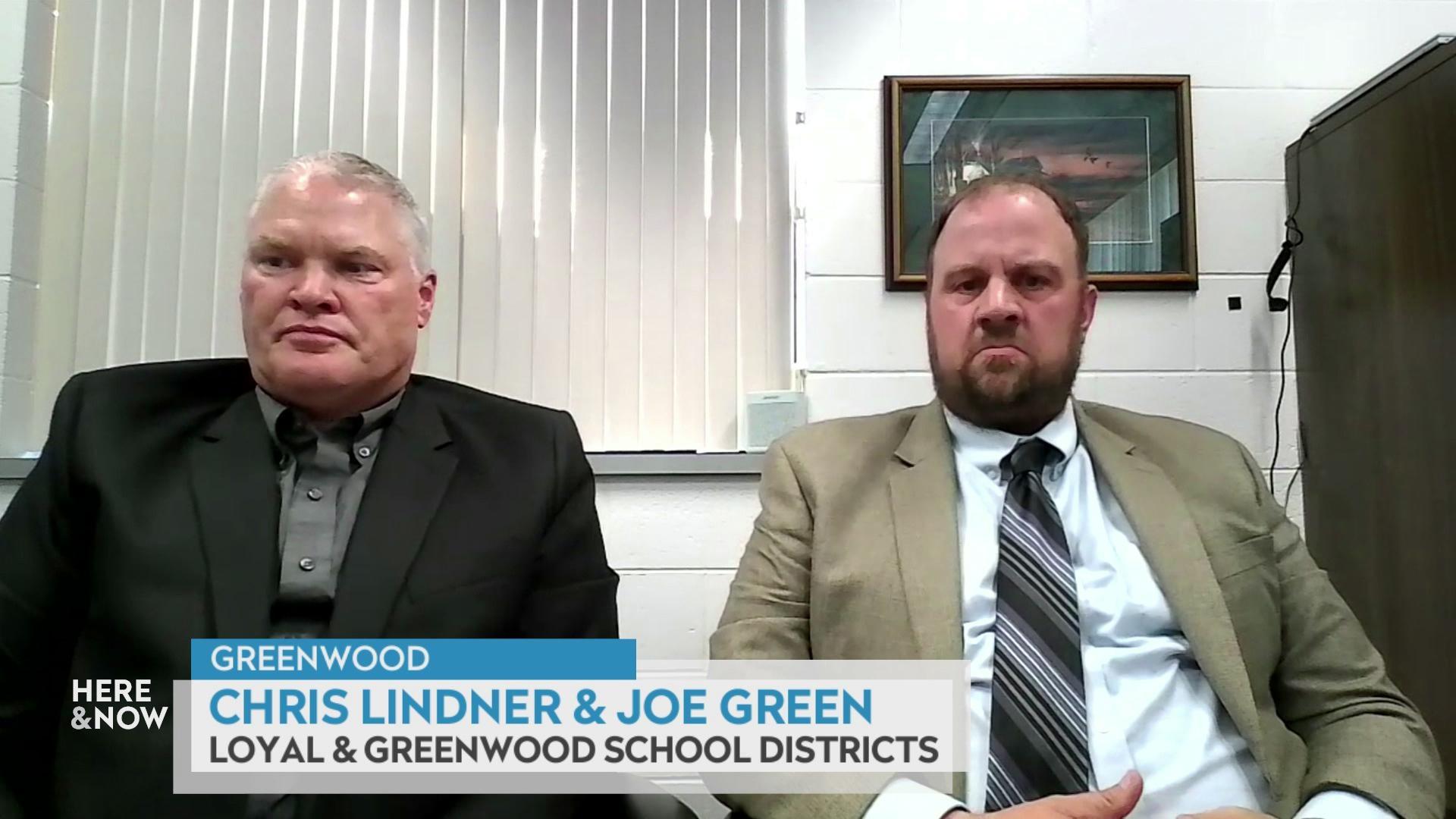
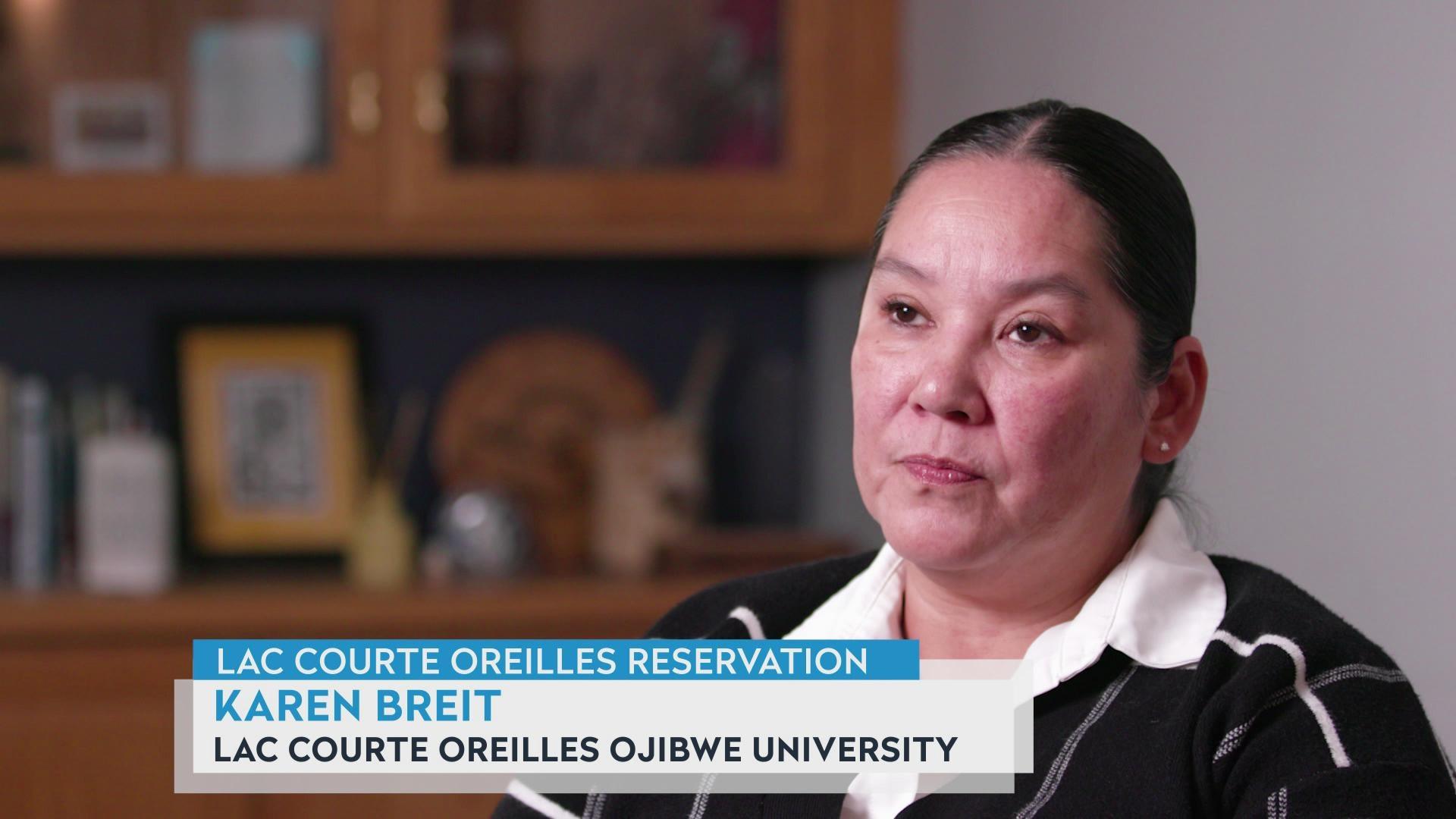

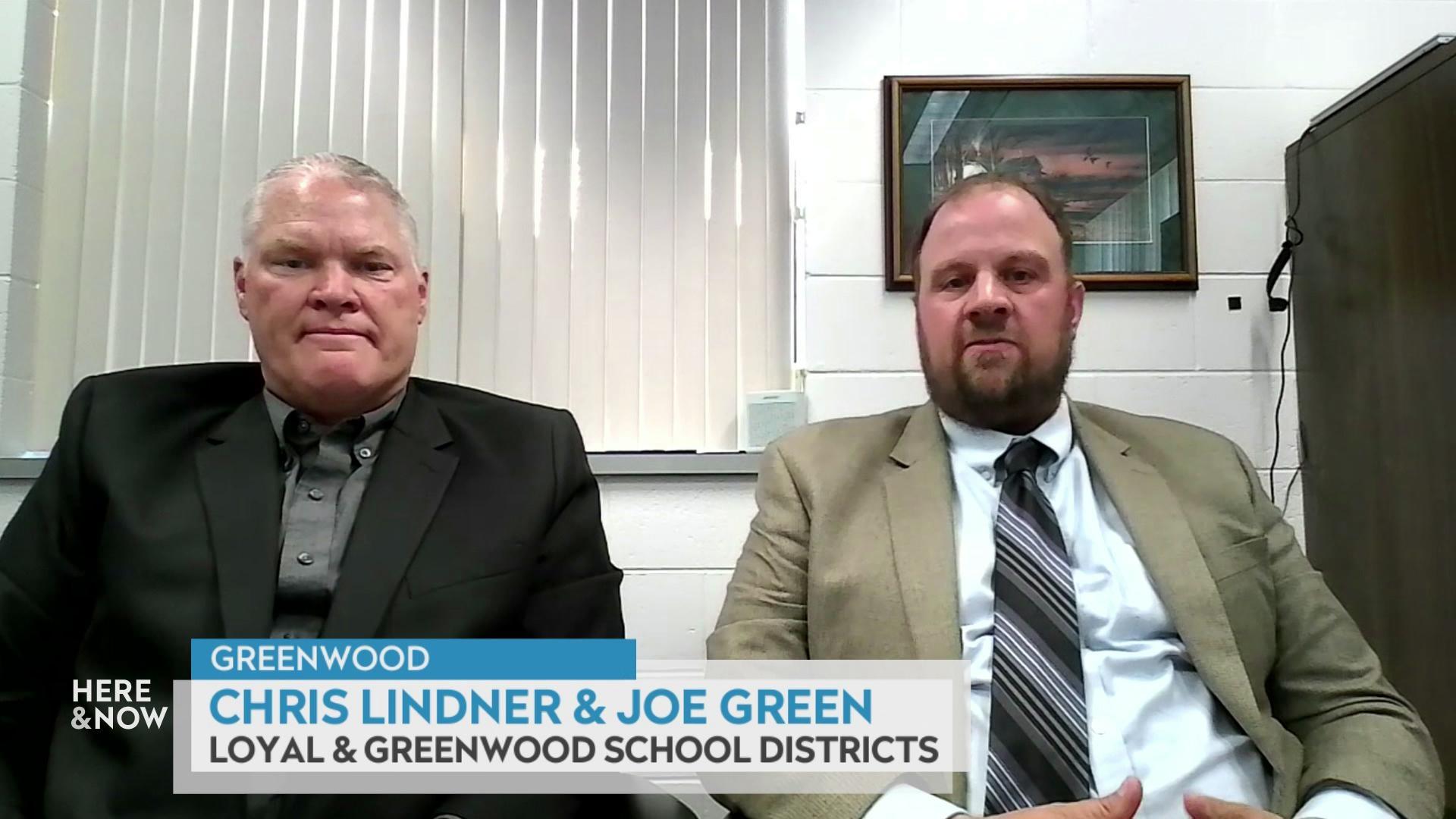
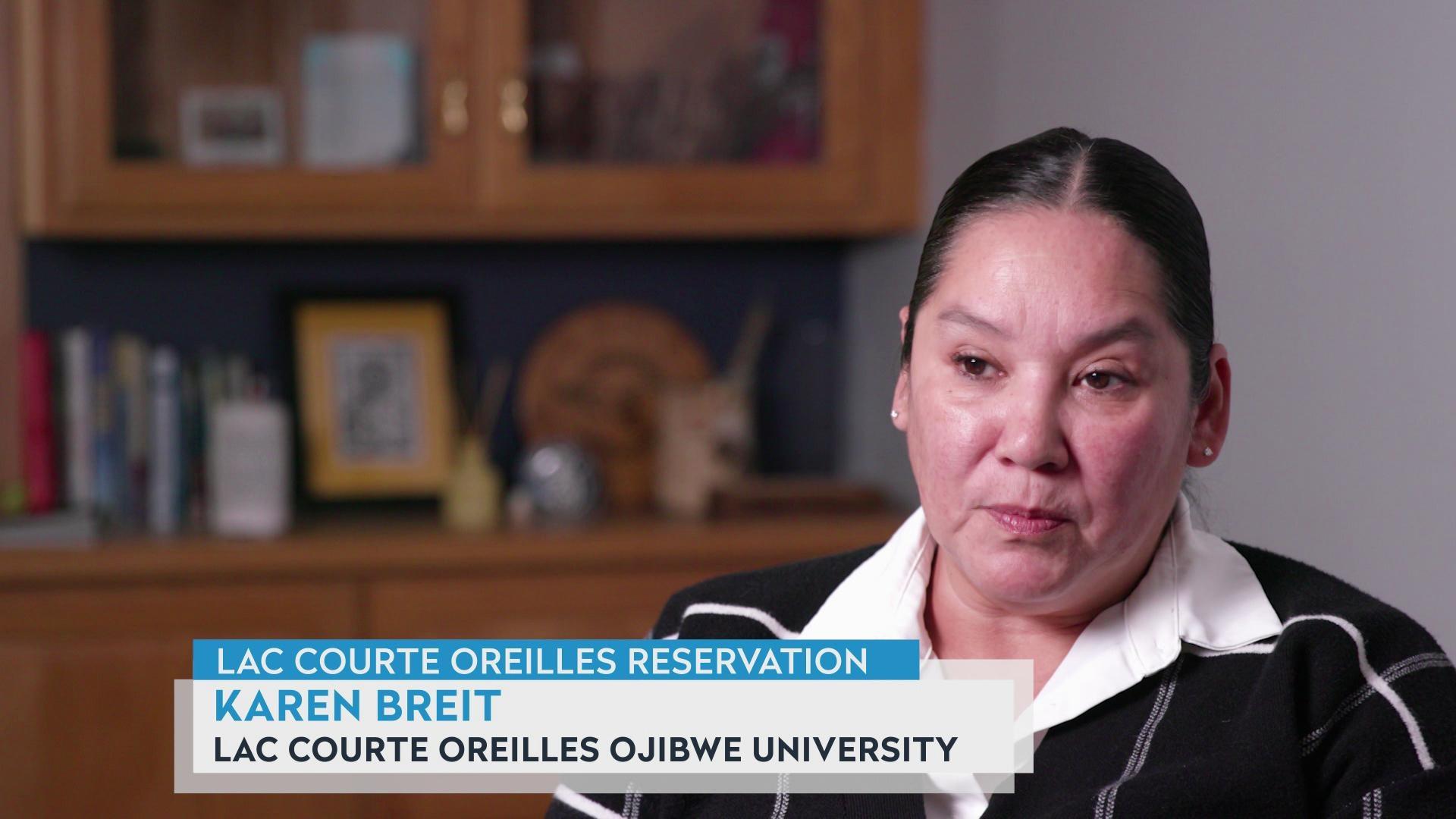

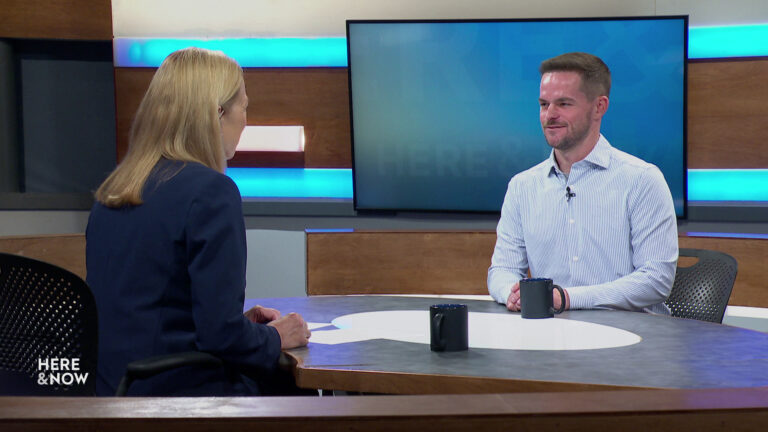

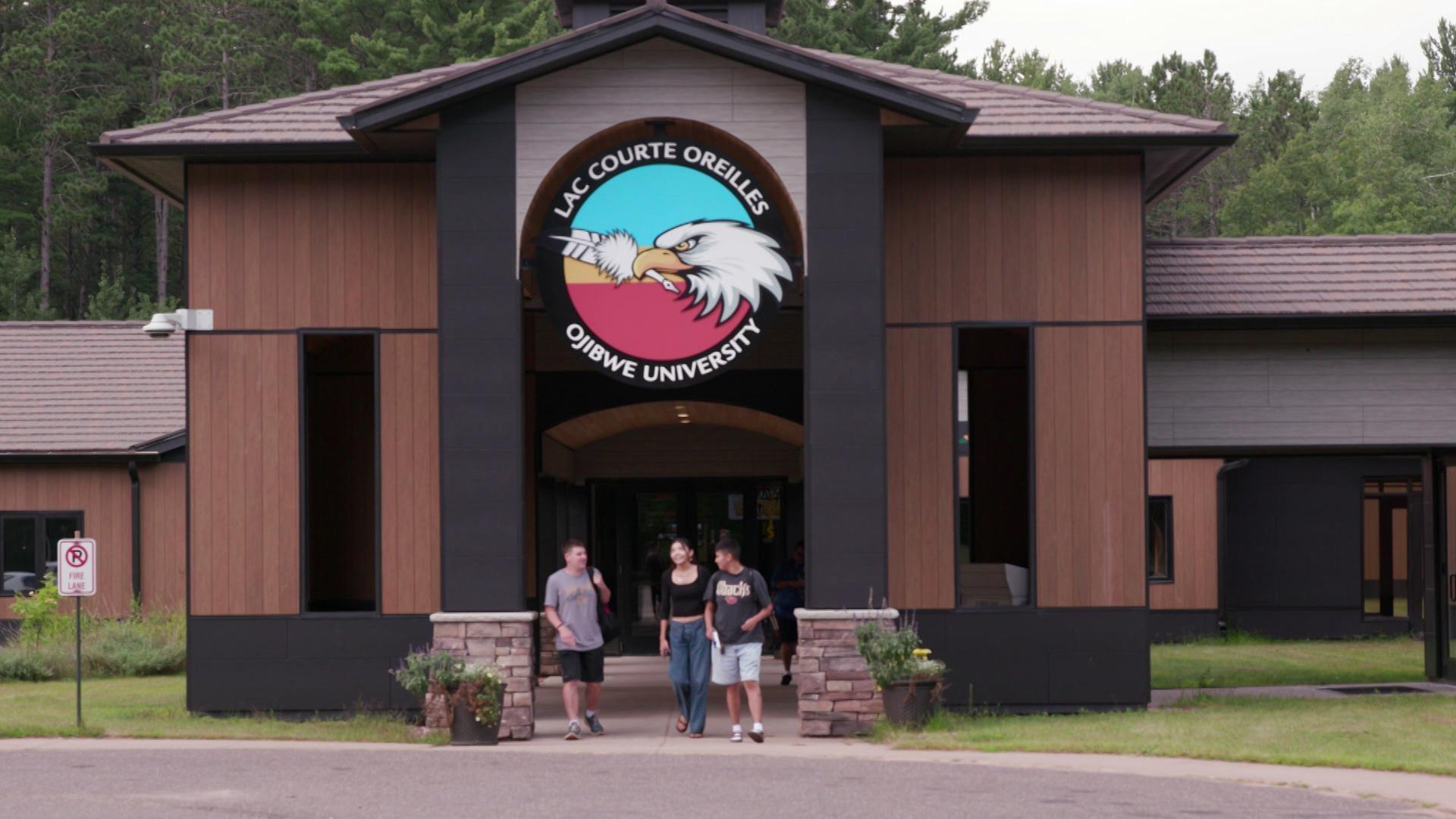
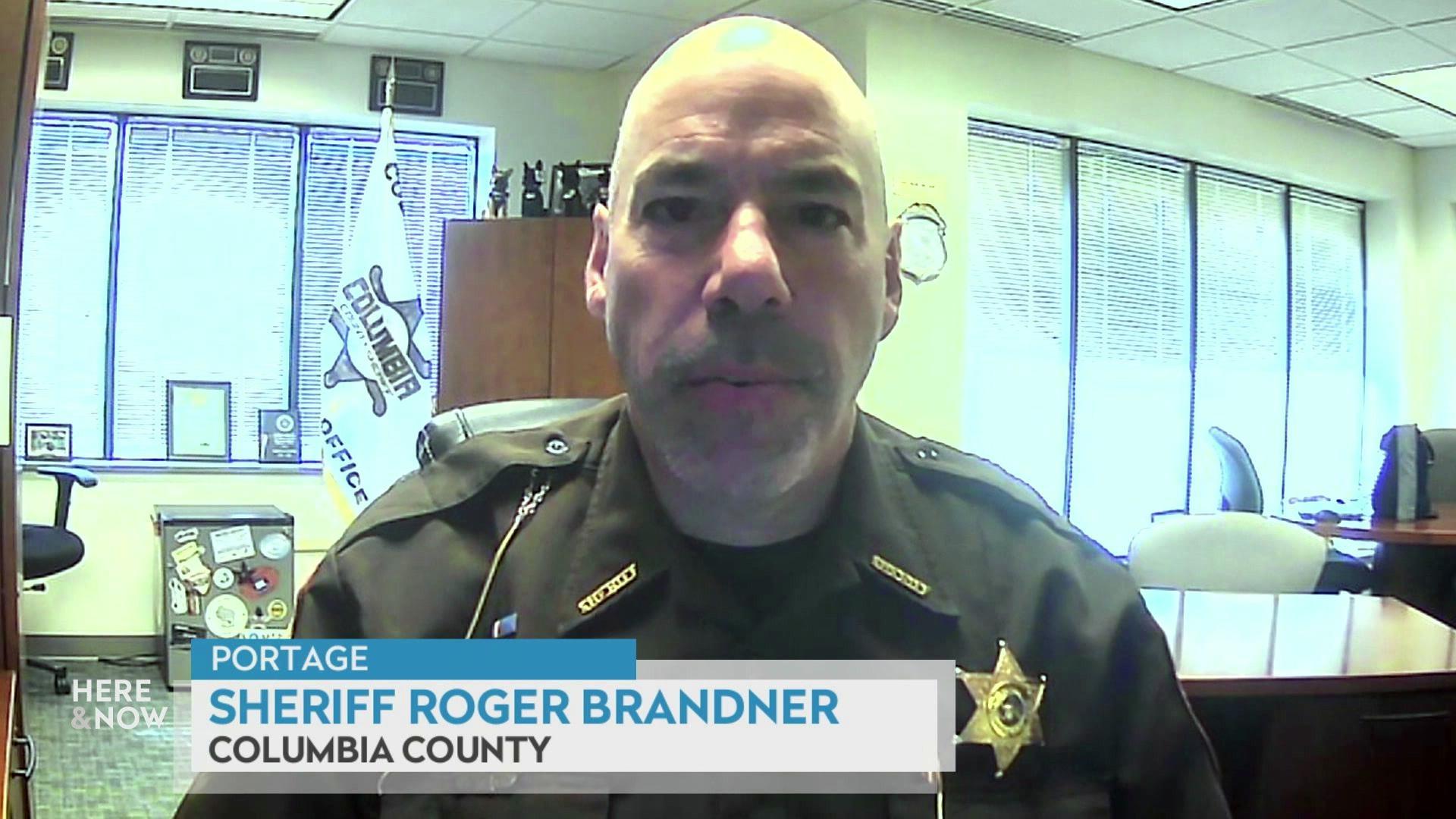
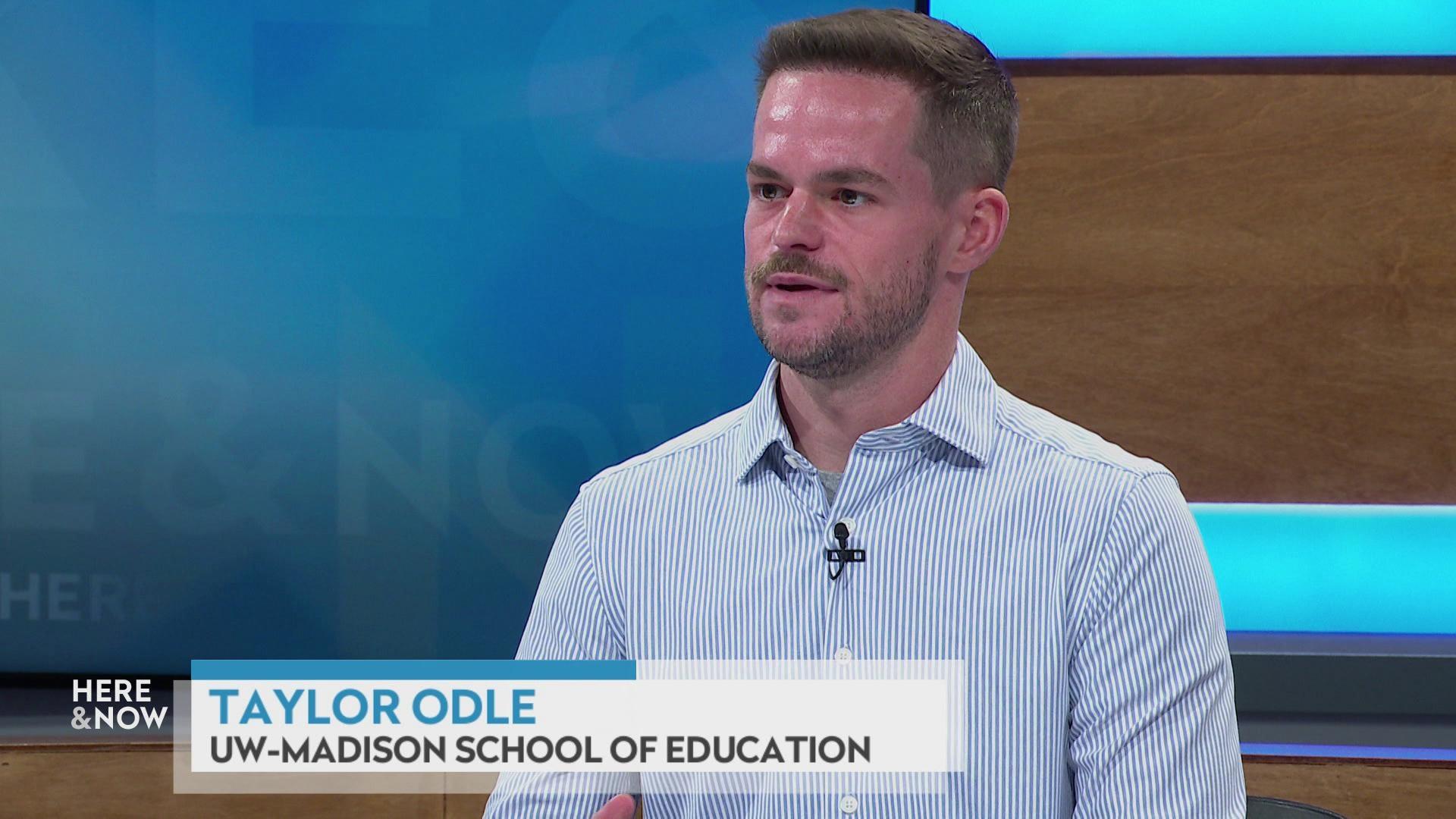
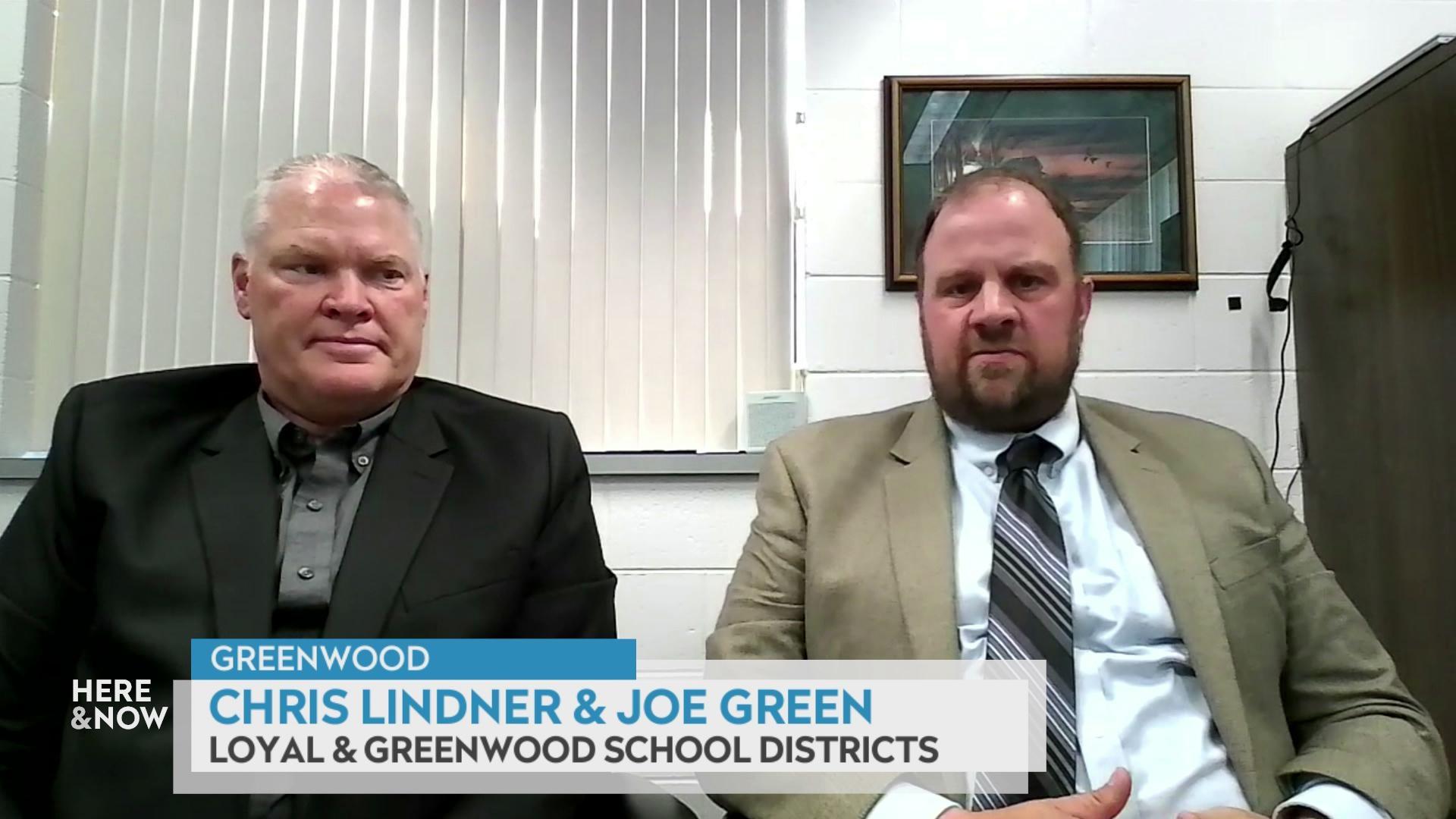

Follow Us